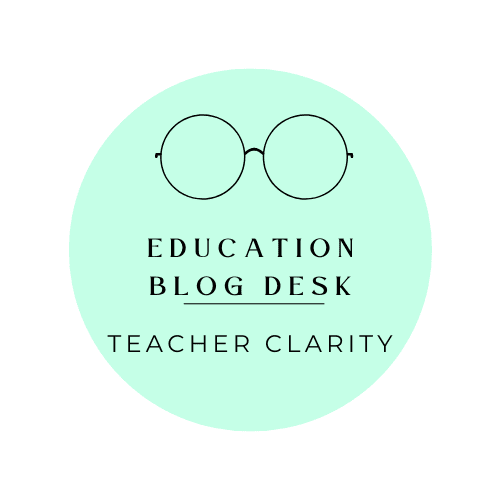3 Ways Building Mistake Tolerance Carl Slater, author of Nurturing Mistake Tolerance in the Classroom article, suggests 3 ways to build mistake tolerance in the classroom by: Use Jigsaw Activities Guide students to Get the GIST Actively Model Critical Thinking Slater points out that “Teachers can help students get over the fear of making a mistake by showing them that errors are just a part of...
Powerful Learning strategies focuses on three drivers: Strategic Instruction, Authentic Engagement, and Connecting and Contributing.
